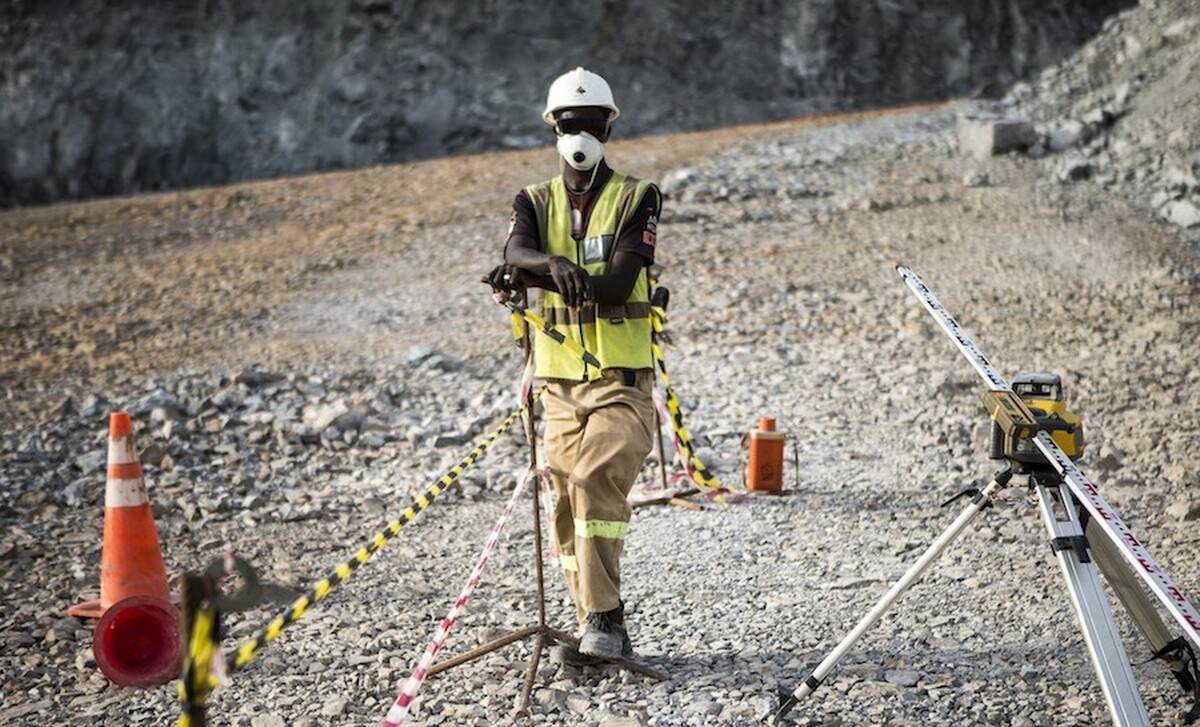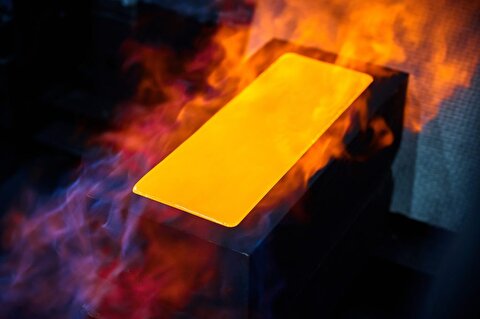
Ranger uranium mine closure to cost over $200m more than expected
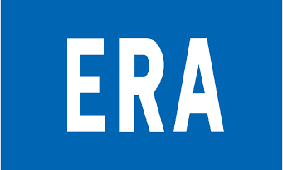
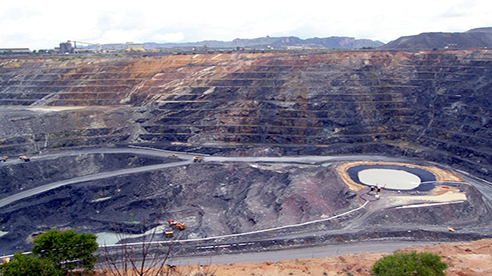
Delivering is fourth quarter results, the company said the rise in costs was largely due to expenditures associated with additional water treatment, revegetation requirements and tailings transfer to pit three, as the mine is surrounded by a World-Heritage-listed National Park.
The clean-up is now predicted to cost A$808 million — A$296 million more than ERA's initial A$512-million estimate, Energy Resources said, noting that it continues to carry out progressive rehabilitation activities on the Ranger mine area.
The deposit was first discovered in 1969 by geologists who were investigating radiometric anomalies detected by air surveys of the area. Drilling over the next two years defined several orebodies and a proposal to mine the area was drafted.
Open cut mining started at Ranger in 1980 and continued until 2012, with a total of three pits developed over that time. More than 125,000 tonnes of uranium oxide has been extracted since then from the mine, which is surrounded by Kakadu National Park.
In 2015, a local indigenous community rejected the miner’s plans to continue mining at Ranger beyond January 2021. By then, the company — 68% owned by Rio Tinto (ASX, LON:RIO) —must cease all mining and processing activities and has the obligation to rehabilitate the site by 2026.
According to ERA, which is still processing an existing limited stockpile of ore at Ranger, Rio has committed to assist in the closure and rehabilitation process.

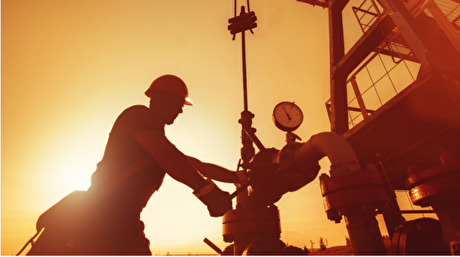
Column: EU’s pledge for $250 billion of US energy imports is delusional
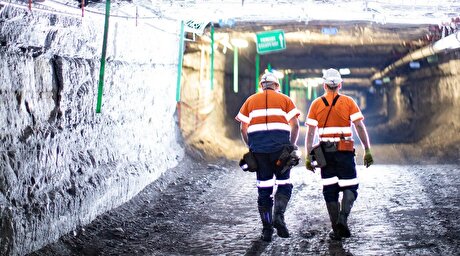
Anglo American posts $1.9B loss, cuts dividend
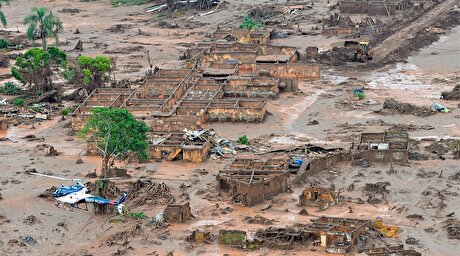
BHP, Vale accused of ‘cheating’ UK law firm out of $1.7 billion in fees

Ramaco Resources secures five year permit for Brook rare earth mine in Wyoming
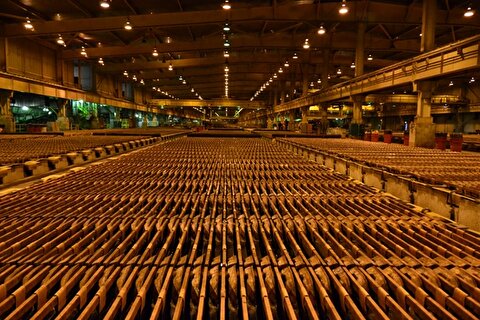
Southern Copper expects turmoil from US-China trade war to hit copper
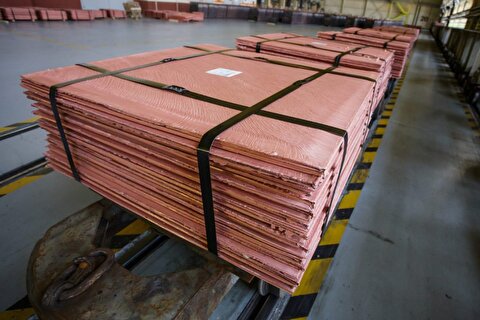
Trump tariff surprise triggers implosion of massive copper trade
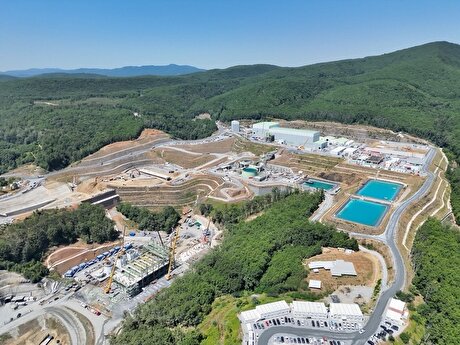
Eldorado to kick off $1B Skouries mine production in early 2026
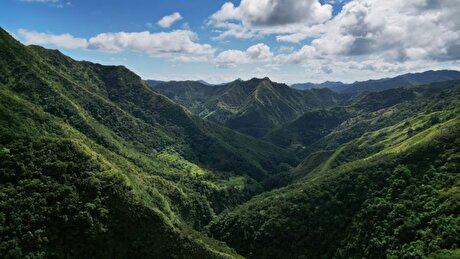
St Augustine PFS confirms ‘world-class’ potential of Kingking project with $4.2B value
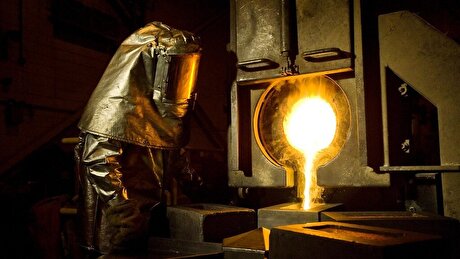
Newmont nets $100M payment related Akyem mine sale

Caterpillar sees US tariff hit of up to $1.5 billion this year
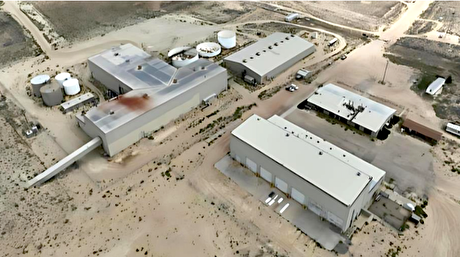
Uranium Energy’s Sweetwater plant on fast track for in-situ mining approval
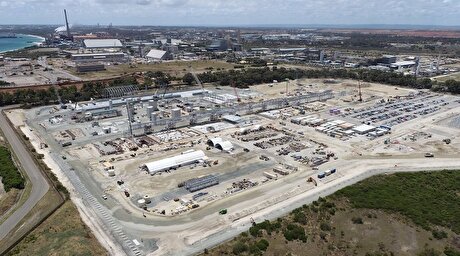
Tianqi Lithium Australia JV says it is prioritizing long-term viability of refinery

First Quantum scores $1B streaming deal with Royal Gold
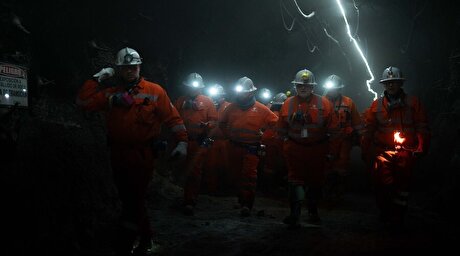
One dead, five missing after collapse at Chile copper mine

Eldorado to kick off $1B Skouries mine production in early 2026

Newmont nets $100M payment related Akyem mine sale
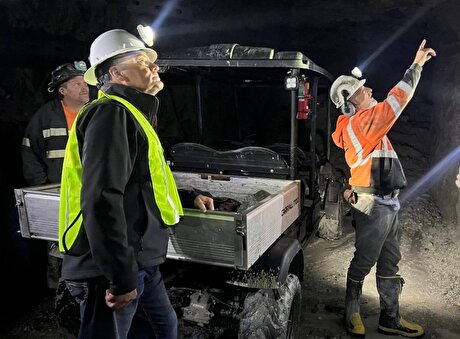
Idaho Strategic rises on gold property acquisition from Hecla

Goldman told clients to go long copper a day before price plunge
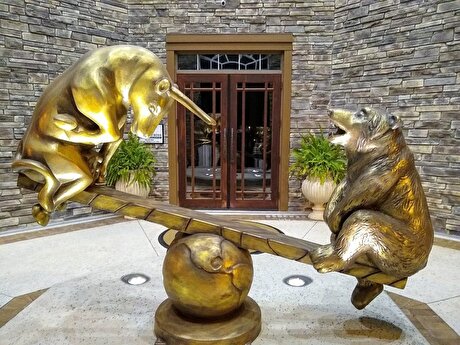
Gold price rebounds nearly 2% on US payrolls data

Caterpillar sees US tariff hit of up to $1.5 billion this year

Uranium Energy’s Sweetwater plant on fast track for in-situ mining approval

Tianqi Lithium Australia JV says it is prioritizing long-term viability of refinery

First Quantum scores $1B streaming deal with Royal Gold

One dead, five missing after collapse at Chile copper mine

Eldorado to kick off $1B Skouries mine production in early 2026

Newmont nets $100M payment related Akyem mine sale

Idaho Strategic rises on gold property acquisition from Hecla

Goldman told clients to go long copper a day before price plunge


